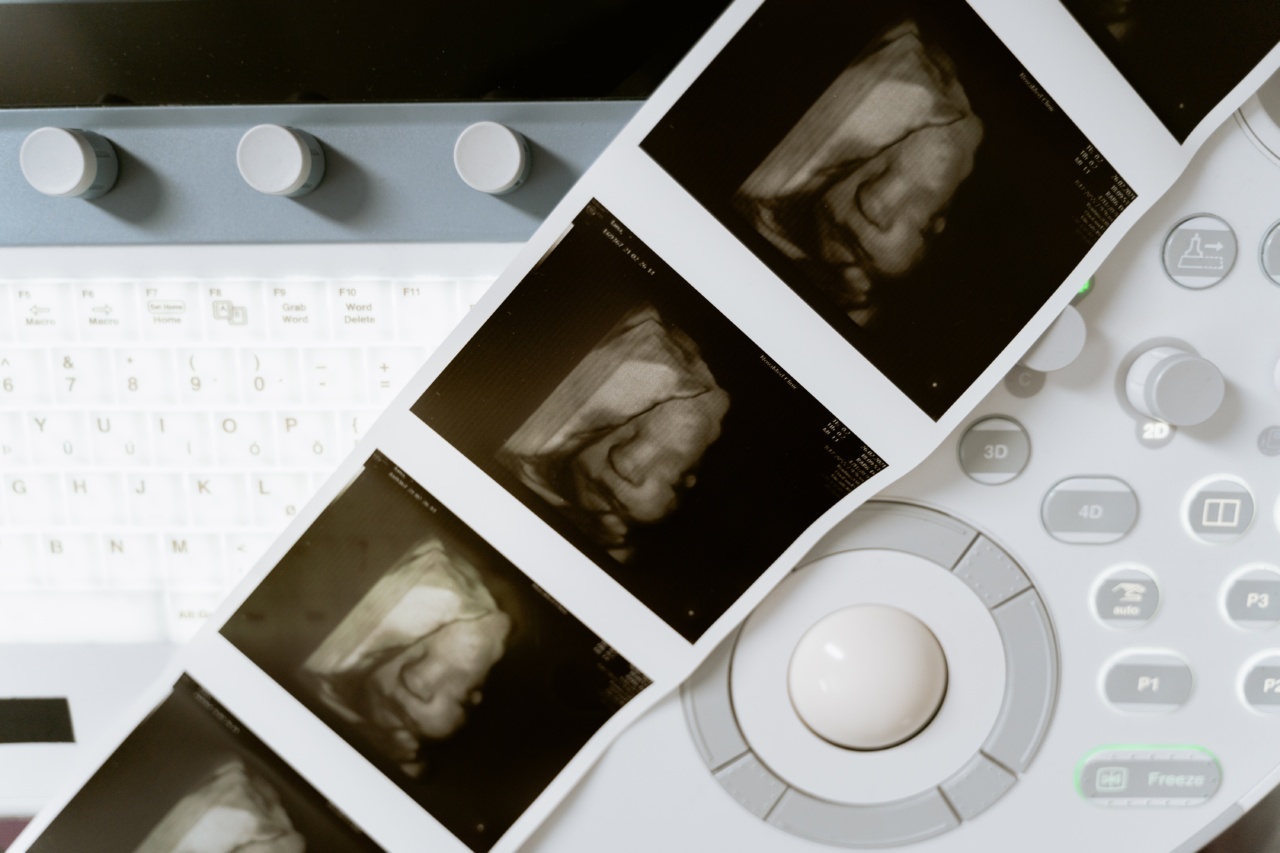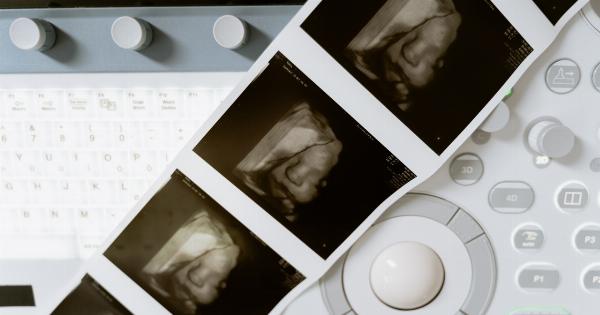Varicose veins are a common condition that affects millions of people worldwide. These enlarged, twisted veins are most commonly found in the legs and can cause discomfort, pain, and even more serious complications if left untreated.
In recent years, ultrasound imaging has become an essential tool for diagnosing and treating varicose veins effectively.
Understanding varicose veins
Varicose veins occur when the valves in the veins become weak or damaged, leading to the pooling of blood. This pooling causes the veins to become enlarged and twisted, resulting in the characteristic appearance of varicose veins.
While they can occur in any part of the body, they are most often found in the legs.
Varicose veins are more than just a cosmetic concern. They can cause a range of symptoms, such as aching, throbbing, or swelling in the legs. Some people may also experience itching or a heavy feeling in the affected area.
In severe cases, varicose veins can lead to more serious complications, such as ulcers, blood clots, or bleeding.
The role of ultrasound imaging in diagnosing varicose veins
Ultrasound imaging has transformed the diagnosis and treatment of varicose veins.
By using high-frequency sound waves, ultrasound allows healthcare professionals to visualize the veins in real time and identify any abnormalities or underlying conditions.
During an ultrasound examination, a transducer is placed on the skin over the area of concern. It emits sound waves that bounce back when they encounter different tissues and structures in the body.
These sound waves are then converted into images that can be seen on a monitor. Ultrasound imaging can provide detailed information about the size, location, and blood flow within the varicose veins.
With ultrasound imaging, healthcare professionals can accurately diagnose varicose veins and differentiate them from other vein conditions.
They can also identify any underlying venous reflux, which occurs when the blood flows in the wrong direction due to faulty valves. Venous reflux is a common cause of varicose veins and needs to be addressed during treatment.
Treatment options guided by ultrasound imaging
Once varicose veins are diagnosed using ultrasound imaging, various treatment options can be considered based on the severity and location of the veins.
Ultrasound imaging plays a crucial role in guiding these treatments and ensuring their effectiveness.
1. Endovenous Laser Ablation (EVLA): This minimally invasive procedure involves using laser energy to heat and seal the affected veins.
Under ultrasound guidance, a laser fiber is inserted into the vein, and the heat generated causes the vein to collapse and seal shut. Over time, the body naturally reabsorbs the treated vein, and blood is rerouted to healthier veins.
2. Sclerotherapy: This technique involves injecting a special foam or liquid called a sclerosant into the varicose vein, causing it to shrink and eventually disappear.
Ultrasound imaging helps guide the injection to ensure precise placement and maximum effectiveness.
3. Ambulatory Phlebectomy: In this procedure, small incisions are made to remove the varicose veins. Ultrasound imaging helps locate and map the veins to ensure the targeted removal of the affected vessels.
4. Compression Therapy: Compression stockings or bandages are commonly used to alleviate symptoms and promote better blood flow in varicose veins.
Ultrasound imaging can assist in determining the appropriate level of compression and assessing the effectiveness of the therapy.
The benefits of ultrasound imaging for varicose veins
1. Accurate diagnosis: Ultrasound imaging allows for a precise diagnosis of varicose veins and the identification of any underlying venous reflux, aiding in the development of an appropriate treatment plan.
2. Proper treatment guidance: Ultrasound imaging helps guide minimally invasive procedures, ensuring that the affected veins are effectively treated and blood flow is redirected to healthier vessels.
3. Real-time visualization: Ultrasound imaging provides real-time images, allowing healthcare professionals to monitor the procedure’s progress and make necessary adjustments if needed.
4. Non-invasive and painless: Ultrasound imaging is a safe and painless procedure that does not involve radiation or contrast dyes, making it suitable for all patients, including pregnant women.
Prevention and self-care tips for varicose veins
While ultrasound imaging is crucial for diagnosing and treating varicose veins, there are preventive measures and self-care tips that individuals can follow to minimize their risk and alleviate symptoms:.
1. Regular exercise: Engaging in regular physical activity, such as walking or swimming, helps improve circulation and strengthen the leg muscles, reducing the risk of varicose veins.
2. Maintain a healthy weight: Excess weight can put additional pressure on the veins, increasing the likelihood of varicose veins. Maintaining a healthy weight reduces this risk.
3. Elevate the legs: When sitting or resting, elevate the legs slightly above the heart level to improve blood flow and ease the pressure on the veins.
4. Avoid prolonged sitting or standing: Taking breaks to move and stretch at regular intervals can help prevent blood from pooling in the legs due to prolonged sitting or standing.
5. Wear compression stockings: Compression stockings provide gentle pressure to the legs, helping to improve blood flow and alleviate symptoms.
They are particularly beneficial for individuals with a higher risk of varicose veins or those who spend extended periods on their feet.
Conclusion
Ultrasound imaging plays a crucial role in the diagnosis and treatment of varicose veins.
By providing real-time visualization and accurate information, ultrasound imaging enables healthcare professionals to develop precise treatment plans and guide minimally invasive procedures effectively. Additionally, following preventive measures and self-care tips can help reduce the risk of varicose veins and alleviate symptoms.
With the use of ultrasound imaging, individuals with varicose veins can find effective relief, improve their quality of life, and minimize the risk of complications.






























